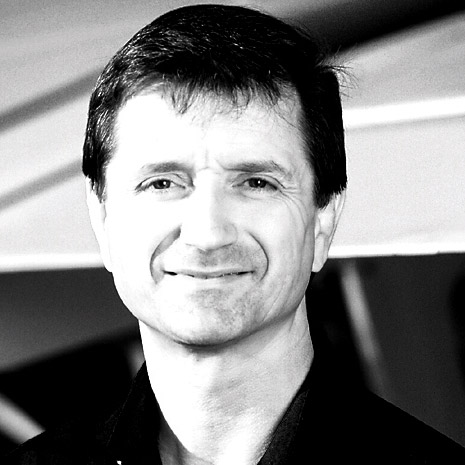 Over a 12-year period, I wrote a question-and-answer column for Flight Training magazine. My favorite question came from a fellow whose friend asked him annoying and distracting questions during takeoff and landing. He lamented that if I were unable to help him, he would make his buddy, “Chatman,” wear an oxygen mask in the pattern. I think he had the better solution. Brav-O!
Over a 12-year period, I wrote a question-and-answer column for Flight Training magazine. My favorite question came from a fellow whose friend asked him annoying and distracting questions during takeoff and landing. He lamented that if I were unable to help him, he would make his buddy, “Chatman,” wear an oxygen mask in the pattern. I think he had the better solution. Brav-O!
During that same period, the most common type of question I received concerned individuals who experienced anxiety over flying. While there are many reasons pilots experience anxiety, one reason takes the lead every time. It’s called self-doubt.
Last year, a friend (we’ll call him Bart) confessed that the small mistakes he was making in an airplane caused him to question his ability to fly safely. Sometimes he failed to retract flaps after engine start or scan for traffic as often as he knew he should. Bart started to wonder if he was on his way to starring in his own NTSB report. Without realizing it, he was filling his mind with self-doubt, and it was taking a toll on him.
Yes, Bart was making mistakes, but they weren’t mistakes that would automatically ground a pilot. These were mistakes stemming from the natural decline in skill that results from a pilot’s failure to train regularly. The fact that he recognized his mistakes indicated that his behavior was most likely redeemable. He finally found a way to correct his mistakes by enrolling in a regular training program. What Bart didn’t do was to apply an antidote to repair the psychic wound resulting from nearly six months of repetitively doubting his ability to fly safely.
It’s often not enough for someone to evaluate and correct his (or her) mistakes if those mistakes have caused him considerable anxiety. If someone allows ideas into his head that lead to persistent worry, he had better be prepared to go deep into his noggin, find those ideas, and put them in their proper place. If he doesn’t, then he’s likely to experience varying degrees of anxiety on subsequent flights. How might a pilot accomplish this crucial self-evaluation? Several ways exist, but the most effective method of self-remediation is a close examination of the logic (or illogic) behind the anxiety-inducing idea.
My strategy with Bart was to have him write down all the reasons he could think of for the anxiety he felt. We took every item on his list (believe it or not, a “ramp check” was on the list), examined it logically, and evaluated its merit. One item on Bart’s list concerned his ability to avoid a midair collision. I made it clear to him that pilots have been avoiding midair collisions successfully ever since Orville got out and Wilbur got in. They did so by using a technique called “see and avoid.” The see-and-avoid technique works when used properly (it also works for ramp checks, too). Logically speaking, midair collisions are avoidable if pilots use the proper strategy.
This antidote applies to any aviation anxiety inspired by illogical thinking. For instance, one experienced pilot I know allowed himself to entertain the idea that he might pass when flying alone. He shook with fear at the thought and finally ceased flying as a result. It wasn’t until I pulled that destructive idea out of his mind and had him logically examine it that he realized how unreasonable it was. He had never lost consciousness before, so why was it likely he would do so now? Confronting the idea logically helped him find his way back to the cockpit. (For the record, anxiety can be a difficult problem to overcome and sometimes professional help should be considered.)
Many things that cause pilots anxiety are correctable through changes in behavior (think, “additional training”). However, changing the behavior doesn’t always lead to a decrease in anxiety. Often a pilot must deal with anxiety as a separate matter. This effort requires a careful, logical examination of the ideas that sustain someone’s irrational fear. Sometimes the advice of an experienced pilot can have therapeutic effects. Sometimes the best thing to do is to use pen and paper to delineate the issue(s) in question, and examine it (or them) logically for merit.
Regardless of the method you choose, you have a responsibility to yourself to hunt down an anxiety-causing idea and attempt to remove its influence over you.
Web: www.rodmachado.com
Rod Machado is a veteran CFI who also holds a degree in psychology.



